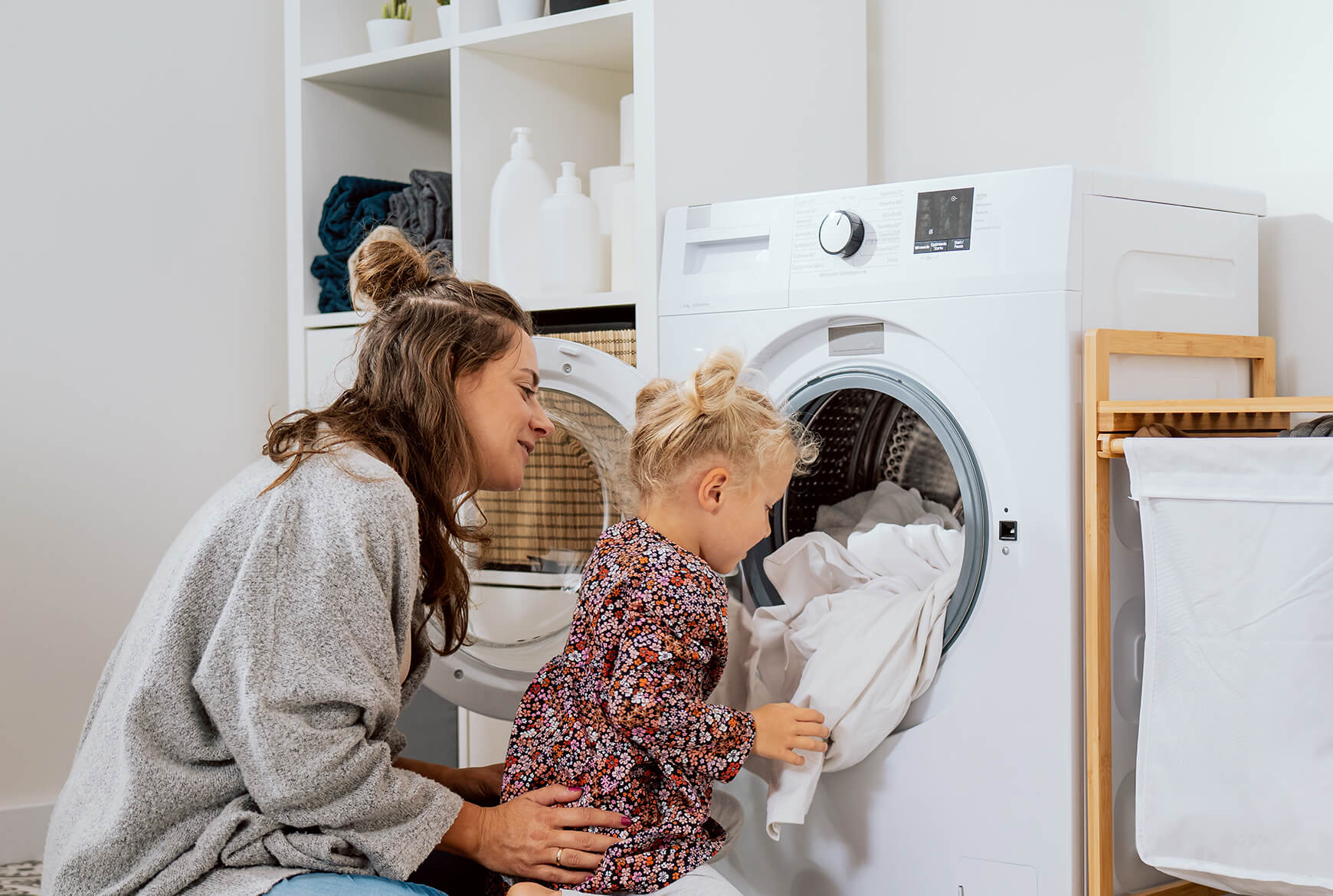Six ways to prevent fires at home

Your daughter’s flat iron is sitting on the bathroom counter and you notice that the cord is starting to melt. Fortunately you’ve identified the problem, so there’s nothing to worry about. You’ll get rid of it before it catches fire and your teen will be none the wiser! But that may not be the only fire hazard in your home. Let’s take a look at a few others so you can better avert the threat and at the same time, keep your home insurance rates from going up!
1. Cook with care
Cooking is a leading cause of house fires in Canada (This hyperlink will open in a new tab).. In Quebec, with the exception of chimney fires, 28% of fires start in the kitchen (This hyperlink will open in a new tab).. You can prevent these types of fires by taking the following precautions:
-
Always keep an eye on the food you’re cooking, whether it’s inside your home or outside on the barbecue. Turn off your appliances when no one is there to watch them.
-
Keep pots and pans from boiling over by not overfilling them.
-
Choose a heating element that’s smaller than the pan you’re using. Remember to keep rags, paper towel rolls and any other flammable items away from the element.
-
When deep frying, always use an electric fryer that’s equipped with a thermostat.
-
Always keep a large lid handy. If your dinner catches fire (it happens to even the best chefs!), use it to smother the flames immediately. Never douse the flames with water: with some types of fires, this can make things worse (This hyperlink will open in a new tab)..
-
Clean your stove or oven often to prevent the buildup of flammable residue. Also, clean your range hood at least twice a year. Grease can catch fire in the blink of an eye!
2. Be careful with hazardous household products
What home doesn’t have some kind of flammable product lying around? Most homes have many: liquid fondue fluid, nail polish, solvents, hairspray, paint...the list goes on.
- Keep all of these products away from heat sources, including lit cigarettes.
- Dispose of rags or cloths soaked in hazardous products in a fireproof container.
- Always store gas and propane tanks outdoors.
- For safety purposes, learn more about hazardous products and the safety rules (This hyperlink will open in a new tab). that apply to them.
3. Eliminate the risk when doing your laundry
When it comes to fire prevention, your laundry room is one place that requires some simple precautionary measures:
- Never leave the dryer running when no one is home.
- Clean out the lint trap after each use: the residue left over from the drying process is extremely flammable.
- Never dry items that have stuffing or are made of rubber (e.g., plastic mattress covers, pillows).
Also, avoid putting clothing or bedding stained with a flammable product (e.g., wax, oil, paint, gas) in your washer or dryer. Instead, have them professionally cleaned. If you need to wash them yourself, start by hanging them outdoors so any substances can evaporate. Then wash the items in warm water and hang them to dry.

4. Use electrical appliances and heaters safely
Heating-related and electrical fires are quite common.
Heating
- If you have a fireplace or woodstove, dispose of the ashes safely.
- Have the chimney swept by a specialized company every fall.
- Replace units that are damaged or not up to code.
Electrical
- Use electrical devices and appliances (This hyperlink will open in a new tab). properly. For example, don’t overload extension cords and outlets.
- Keep an eye on your electrical devices and appliances: the cord should be in good condition, never stripped or cracked.
- Pay particular attention to outlets that don’t work and switches that get hot.
5. Decorating: combine safety and ambiance
When it comes to decorating, here are some good practices to follow:
- Never leave lit candles unattended. If the flame seems too high, snuff it out and trim the wick if it looks too long.
- Keep an eye on your plants. Their soil often contains flammable materials, so it’s not a good place to throw poorly extinguished cigarette butts.
- Be careful when setting up holiday decorations (This hyperlink will open in a new tab). (trees, lights, etc.).
6. Be prepared with the right equipment
Lastly, make sure you have the right tools on hand in case of emergency:
- Keep a portable ABC fire extinguisher handy, especially near the stove and hazardous household products. Check it from time to time to make sure it still works.
- Make sure your home is equipped with smoke detectors and carbon monoxide detectors, especially near the bedrooms.
There’s no shortage of fire safety risks in every room of our homes. But by taking these simple steps, you and your loved ones can enjoy the comfort of your home without exposing yourself to unnecessary risk.
